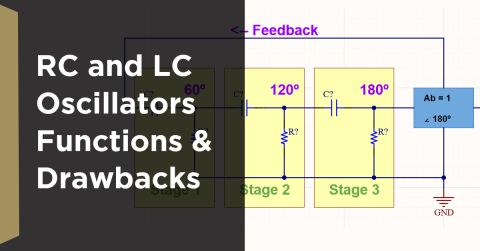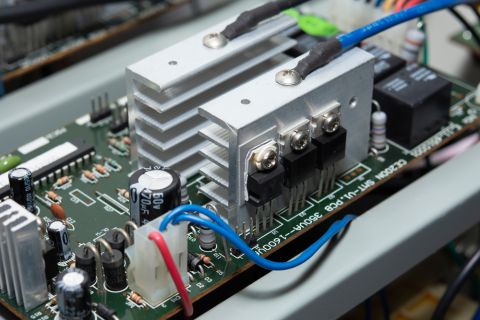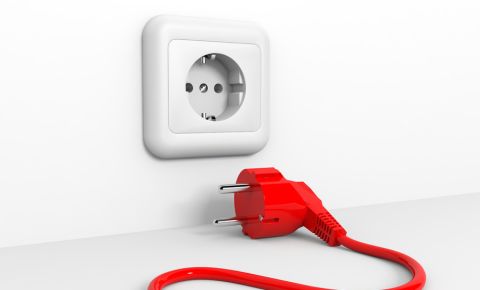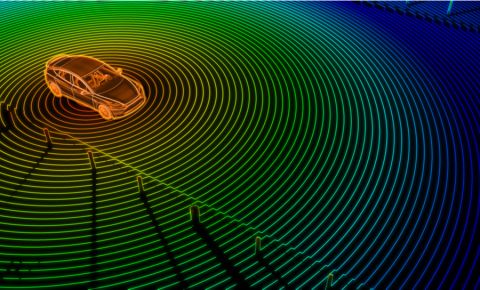Erfahrungen mit Reference Designs: Zeitgewinn hoch 3
Some time ago I was working on my master thesis. I was allowed to work on a new type of vehicle control unit (ECU) for a well-known German electric vehicle manufacturer. First and foremost, a proof of concept was used to demonstrate the feasibility of various requirements. In addition to aspects of functional safety that had to be considered, Automotive Ethernet 100Base-T1 had to be introduced as a new interface. The video stream of a camera was transmitted on this then newly defined physical layer. Concepts were developed and evaluated based on the system engineering standards.
As always, time was moving too quickly, so that the technical solution had to be implemented under great time pressure. All stakeholders quickly realized that a complete design with the necessary ARM System on Chip (SoC) was not possible in this period. So I decided on a SoC solution with a System on Module (SoM). All essential elements such as memory and power supply for the ARM processor are integrated on the module. The advantage is that you don't have to worry about the complex SoC. You can devote yourself entirely to its application. In my case, to put only one aspect in the foreground here, that meant providing Automotive Ethernet. Since the modules are plugged onto a carrier board and mechanically carried by them, one had to be developed. The complexity is greatly reduced, from a possible 12 to 16-layer circuit board with microvia technology to a simpler 6-layer carrier board. And with the reduction in complexity, there is also a huge time saving, which is crucial.
So I started developing the carrier board. I studied the module's data sheets and tried to create a schedule that included the schematic, PCB layout, and commissioning of the carrier board. The schedule quickly made it clear to me that it would be difficult to develop until the master's thesis was submitted. Nevertheless, I went to work with confidence and created a new Altium project. And then I stood in front of an empty white wall and became very, very uncomfortable. After all, it was necessary to develop a diagram and a complete component library, a complete layout, independently and in the shortest possible time. I only saw black.
"Fortes fortuna adiuvat"
"Happiness helps the brave" is the old Latin saying that I remembered some time later. When I discovered the Toradex Reference Designs! Here I could simply download the complete reference design of a carrier board as a finished Altium project. This instantly filled my component library, even with 3D data, so that I could start with the scheme straight away. A very positive surprise - and an enormous saving of time.
Figure 1 Preview Apalis Evaluation Carrier Board on product homepage
What does "start with the scheme" mean? I had a complete diagram of a finished product that was being produced in large quantities. That means I just had to make changes to the current design. In my specific case, just add the new Automotive Ethernet PHY and the associated connector. I could simply delete all other components that were not needed. The footprints of the new components and the completion of the diagram were done in a few days! Another very big time saving.
The next step I couldn't tackle was the design of the circuit board. The focus was on the proof of concept and the design of your own PCB is not necessary. I ordered the original carrier board directly from Toradex. With the entire Altium project in hand, I could have had it produced anywhere else. With the development of the proof of concept, the focus of the work shifted to the software, where in the embedded Linux environment it was necessary, among other things, to display the video stream with Gstreamer - which sounds much easier than it actually is. The functionality could be shown with the structure. So that in the end there was still enough time to write very good documentation.
Figure 2 Example of a Six Layer PCB Stack-Up Carrier Board from the Layout Design Guide document
Today, a few years older and with some experience as a hardware development engineer at Toradax, I appreciate the reference designs even more. Here in Lucerne on the beautiful Lake Lucerne, as a hardware team, we try to make these reference designs available in the best and most useful way for all developers. What applies to students and makers applies all the more to engineers in small and medium-sized companies who are confronted with unrealistic timescales by their managers on a daily basis. All developers know this from their own experience. It also happens that development engineers download our reference designs that have nothing to do with Toradex, but see them as a very cheap starting point for their development. It makes me and my team all the more happy
If the desired components already exist in the correct library, this simply saves a lot of time. The tedious step of getting data from other ECAD tools from IC manufacturers and implementing everything in Altium from the beginning is superfluous. The time to market is crucial for many products. A delta design offers enormous time advantages. Especially if you can build on a verified design. These designs are checked against manufacturer references at the network list level. The scheme can be adopted directly. You have to adapt the PCB to your own space, but you can use the reference design as a guide. By saving time in the design phase, prototypes can be generated very quickly, which in turn allows faster hardware iterations.
Abbildung 3 Beispiel der Platzierung von Stitching Capacitors bei Wechsel der Signal Referenz aus Design Guide-Dokument
Aber es ist uns auch wichtig, dass man das Referenzdesign versteht. Jedes einzelne Bauteil hat hier seine Berechtigung und ist genau dort, wo es sein soll. Daher stehen ausführliche Design Guide-Dokumente zur Verfügung, wo jedes einzelne Interface erklärt wird. Ebenso werden in einem PCB Layout Design Guide die wichtigsten Tipps und Tricks aufgezeigt und mit Bildern erläutert. Die Design Guides werden von unseren erfahrenen HW Ingenieuren erarbeitet und ebenfalls kostenlos auf unserer Developer Homepage bereitgestellt. Durch diese hohe Transparenz wird die Entwicklung eines eigenen Boards wesentlich einfacher. Gleichzeitig ist auch nachvollziehbar, welche Design-Entscheidungen die Toradex-Ingenieure getroffen haben, wo Kompromisse gemacht wurden und ähnliches. Fragen und Verbesserung werden intensiv auf der Community Plattform diskutiert. Komplette Altium-Projekte bieten noch zusätzliche Vorteile. Das PCB Stackup ist vollständig einsehbar, die definierten Layout Rules können direkt übernommen werden. Was wiederum das Leben eines Ingenieures erleichtert und die eigene Anwendung in den Fokus rückt.
Die Referenzdesigns sind reale high-volume-Produkte und das ist der grosse Unterschied zu anderen Referenzdesigns, die sich nur auf die Funktionalität eines Bauteils konzentrieren. Das PCB ist voll bepackt mit Steckern und ist nicht ein nur eine kleine Schaltung auf einer riesigen Leiterplatte. Das grösste Risiko bei einem Referenzdesign stellt meiner Meinung eine ungenügende Dokumentation dar. Eine Übernahme ist schnell erfolgt, aber die Nachvollziehbarkeit der Vorlagen nach einiger Zeit oder für andere Ingenieure ist ebenso wichtig, auch im Hinblick auf eine eventuelle Fehlerrecherche. Alles in allem bedeuten Referenzdesigns einen enormen Zeitgewinn in der Entwicklung. Das ist ein wesentlicher Punkt in der gemeinsamen Erfolgsgeschichte unserer Kunden und von Toradex. In unserer Planung sind wir bemüht, weitere branchenspezifische Carrier Board zu entwickeln und als komplettes Open Source Altium-Projekt mit der Elektronikwelt zu teilen.
The most important points for a good reference design that saves valuable time from product development to market launch:
-
Validated reference design with real hardware in large quantities
-
State-of-the-art reference design
-
BoM up to date
-
Specific design guides for quick and easy development
-
Clear and simple scheme









